With the current COVID-19 situation, you may be struggling to figure out what to cook. Here are some recipes using common kitchen staples with notes about substitutions. Please take care and be safe, everyone!
Entrees

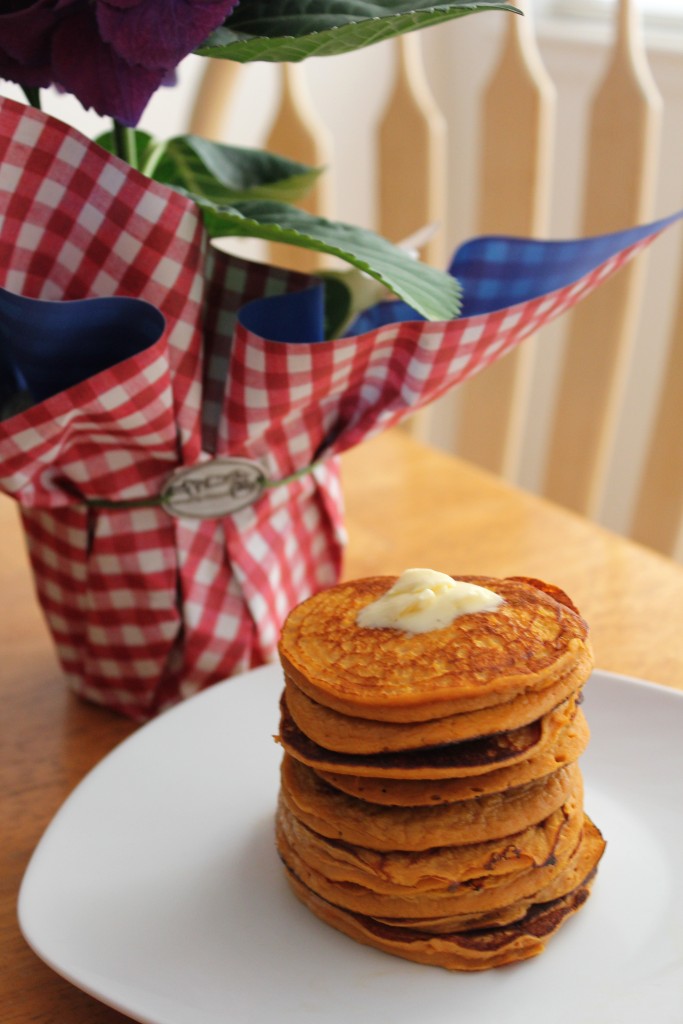
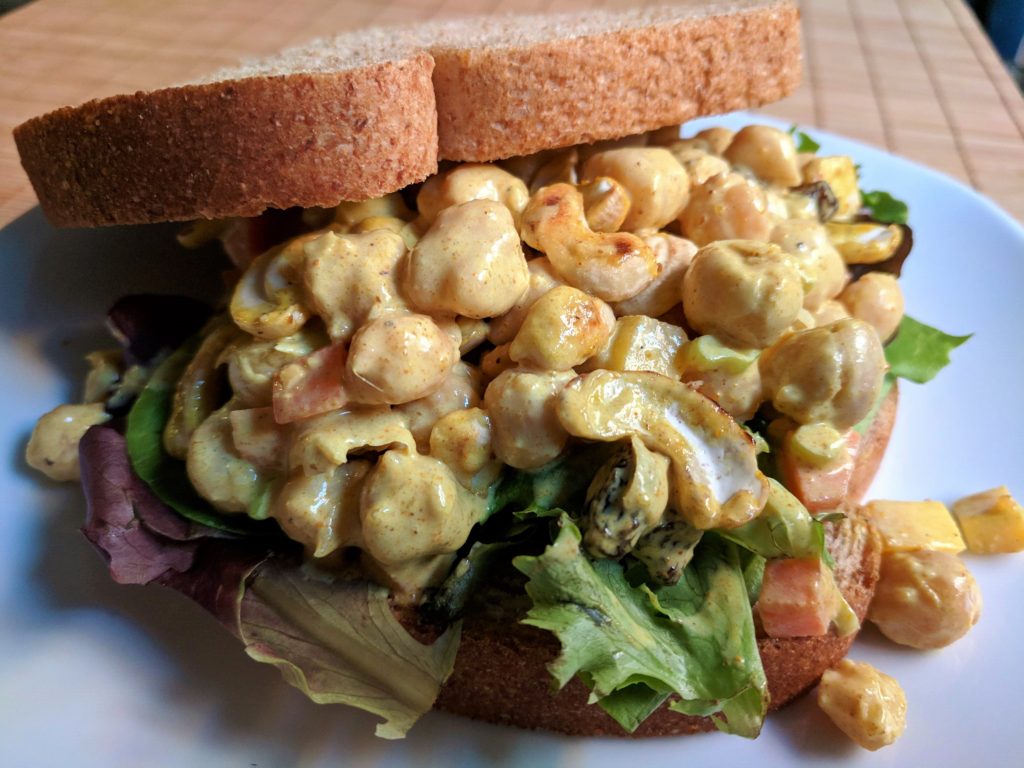
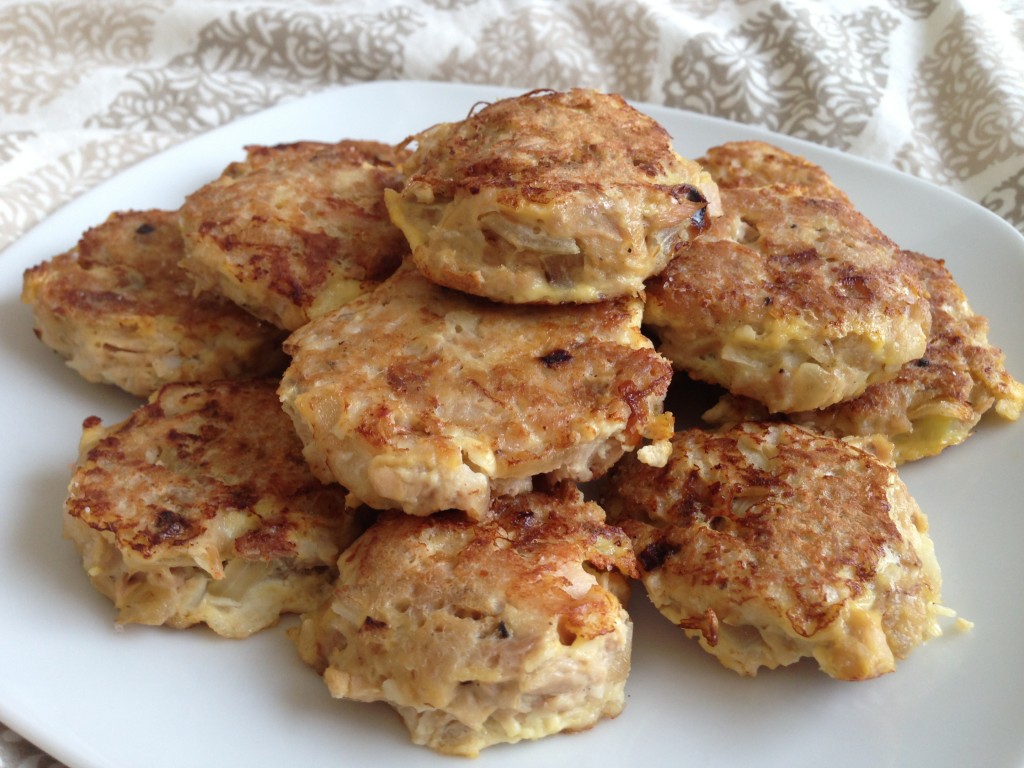
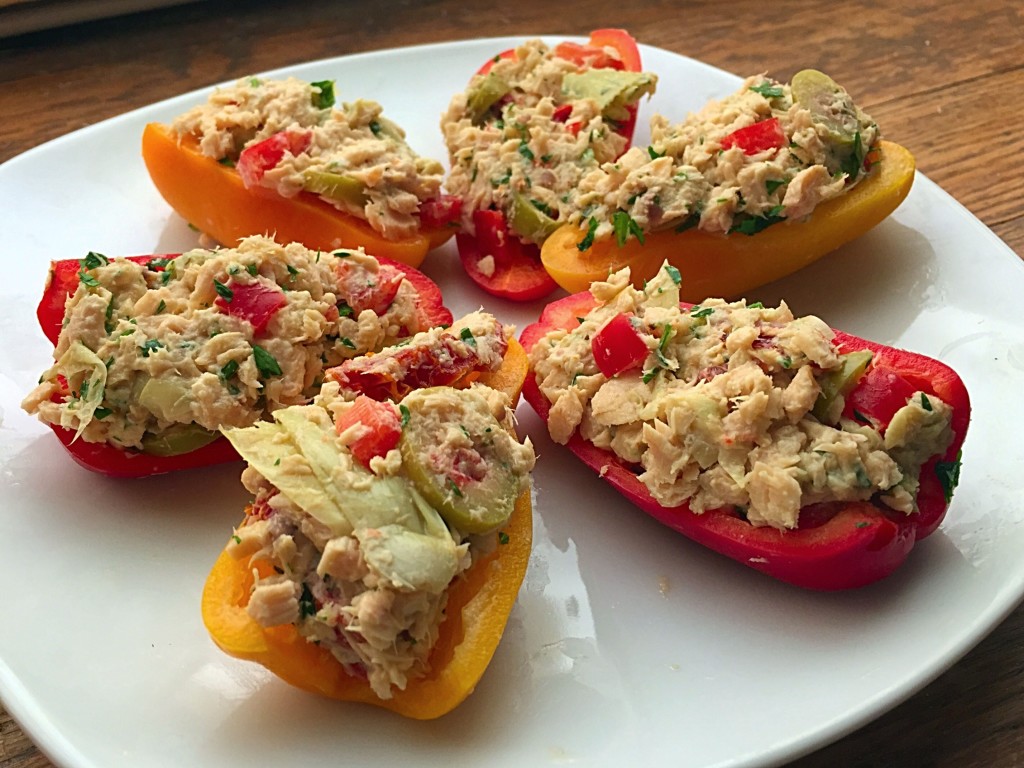

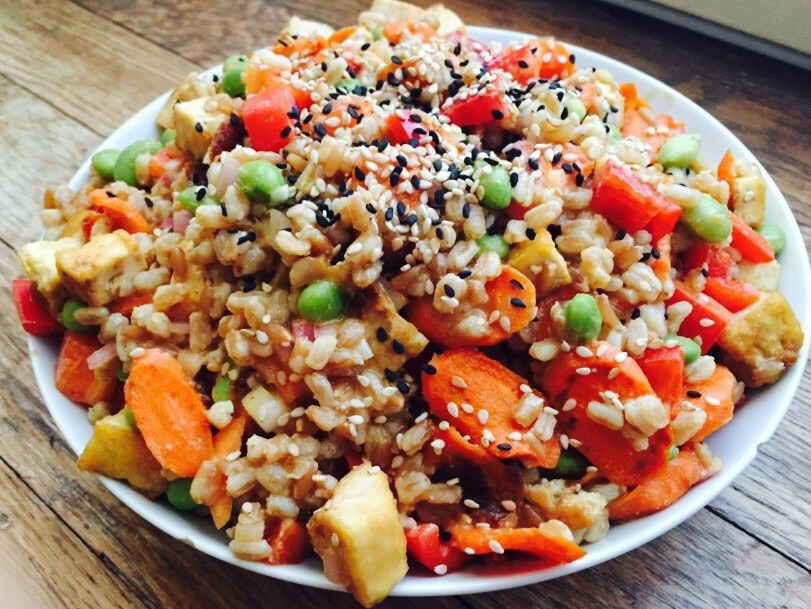
Sides and Snacks
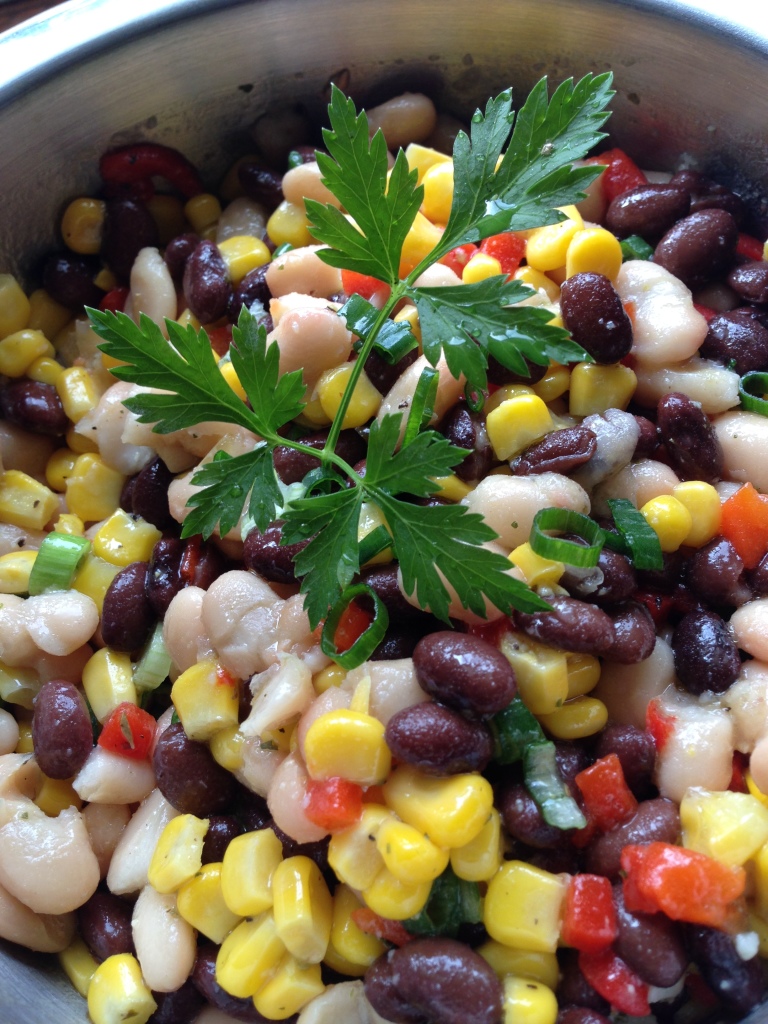
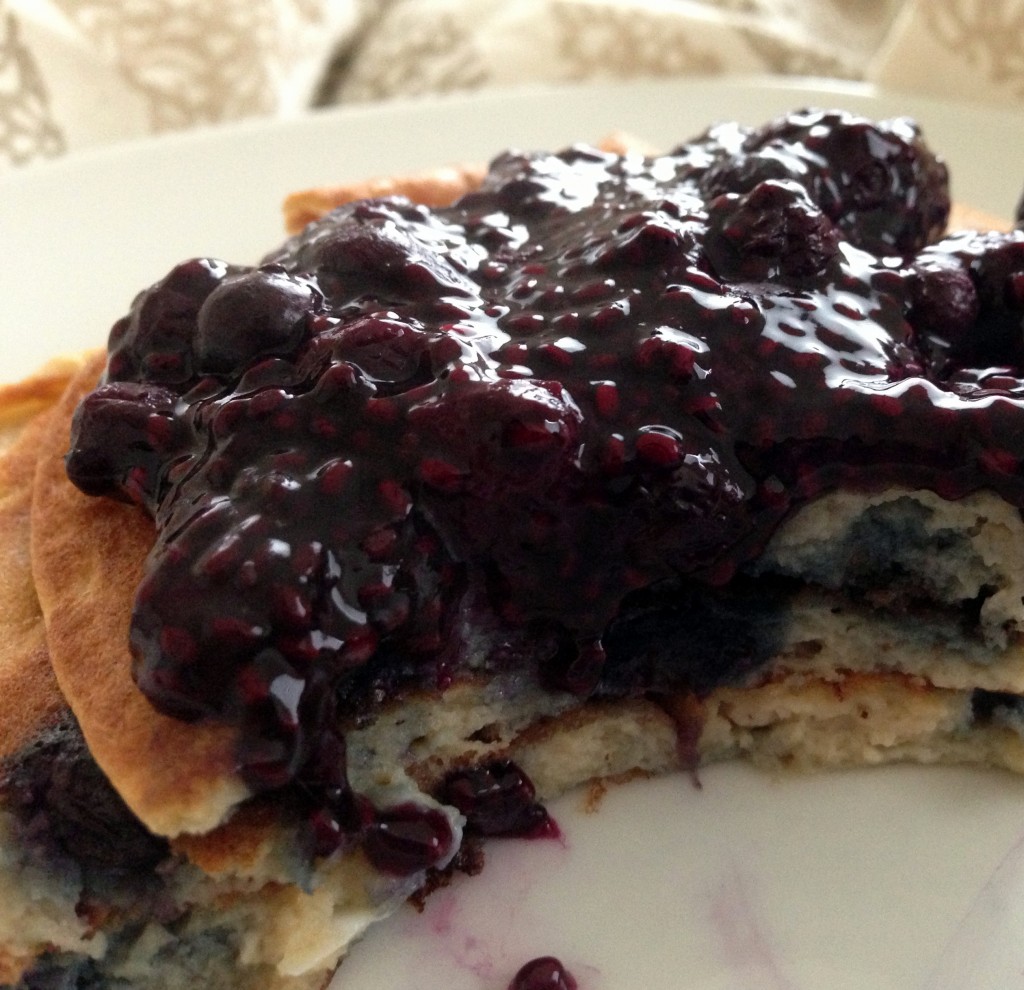

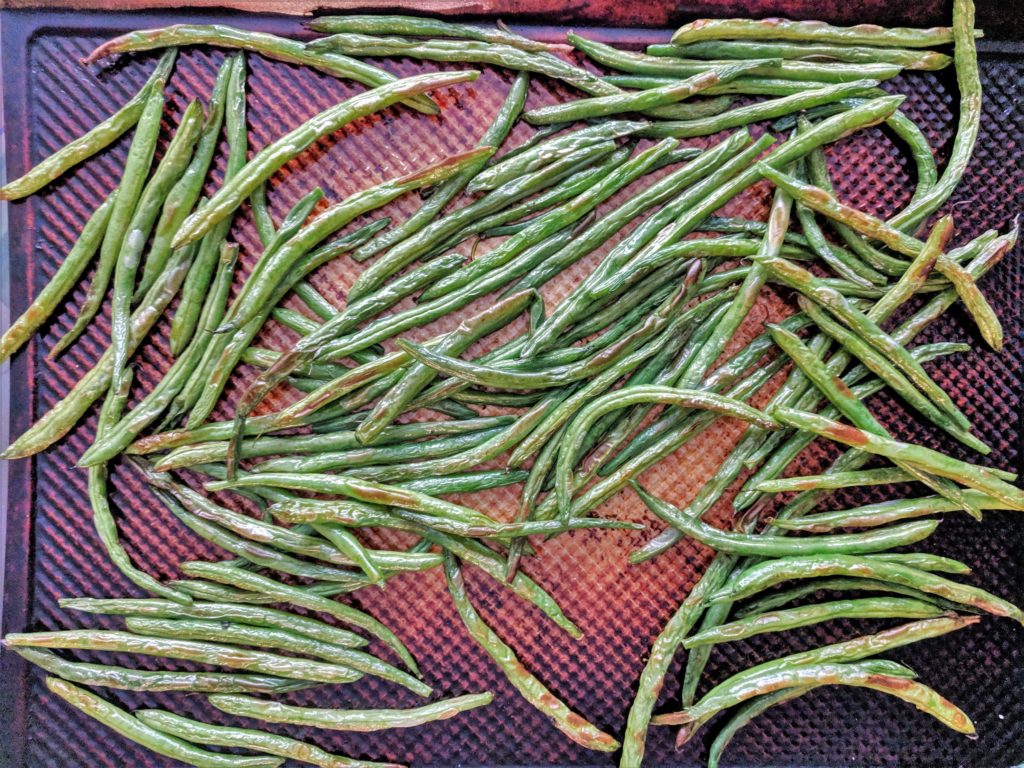
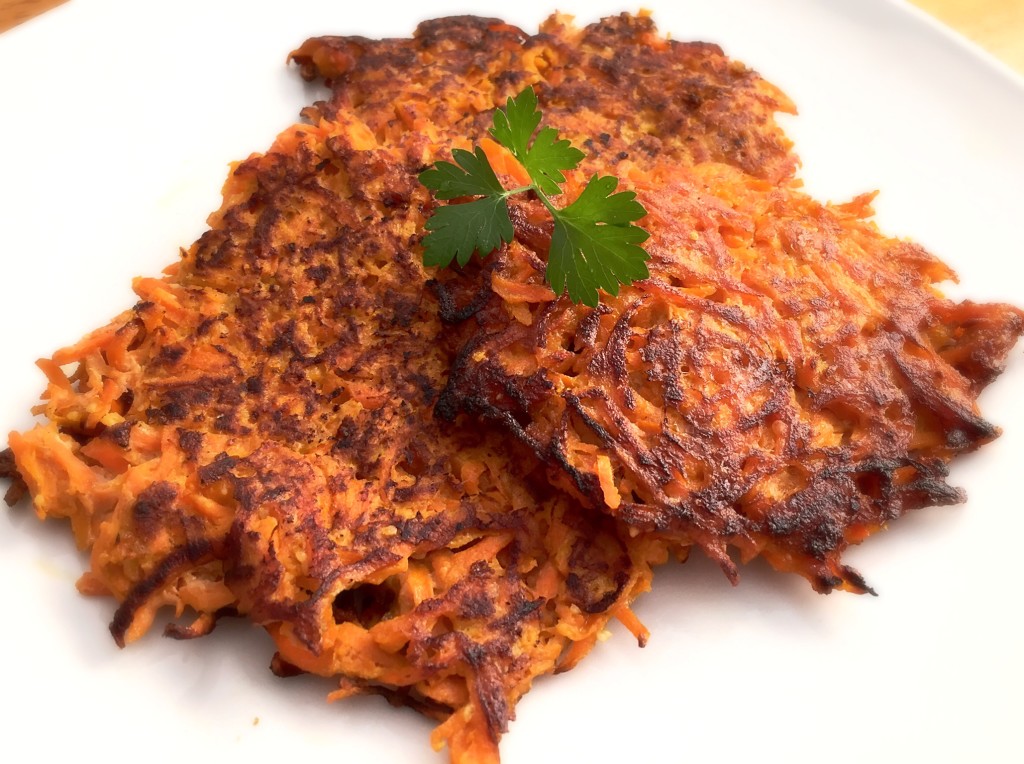
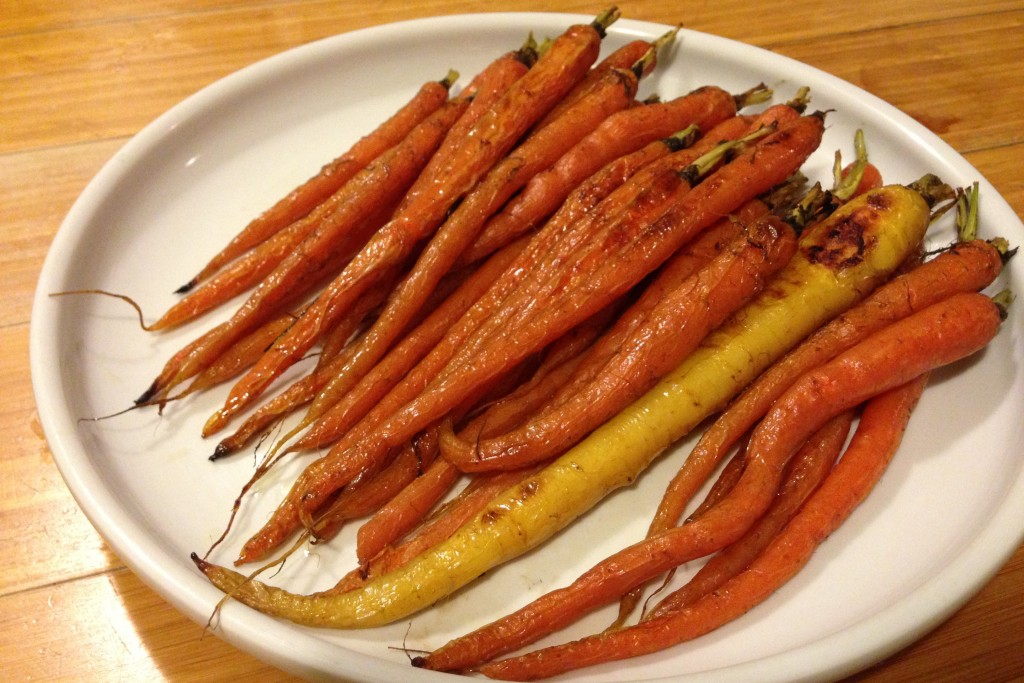
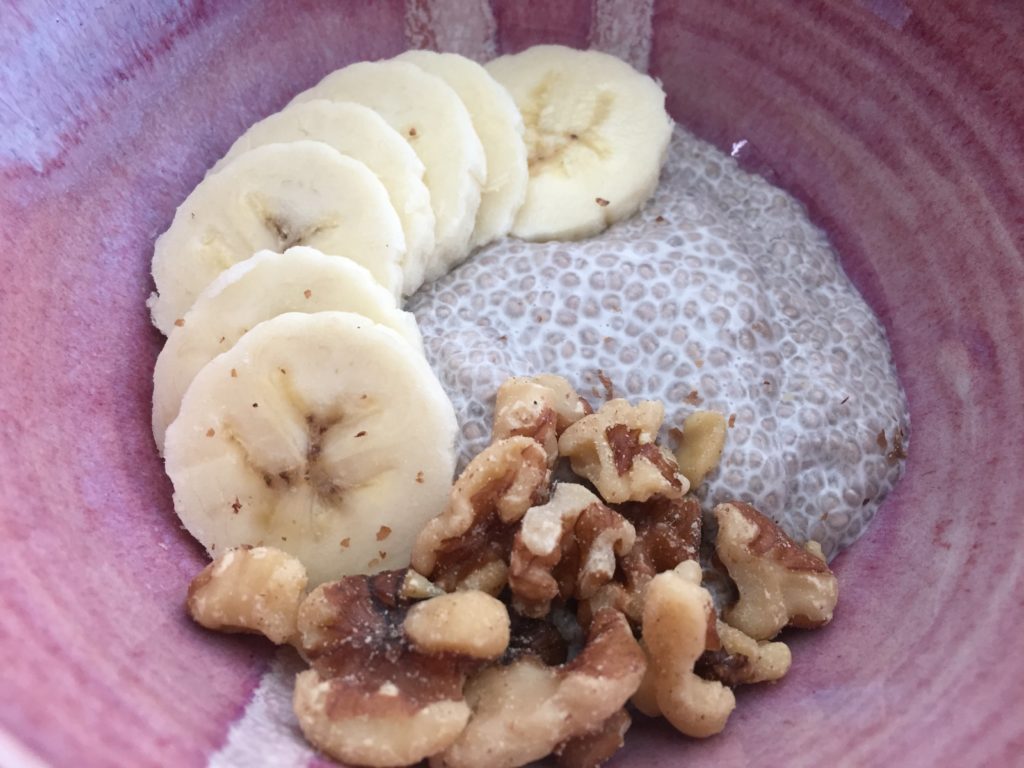
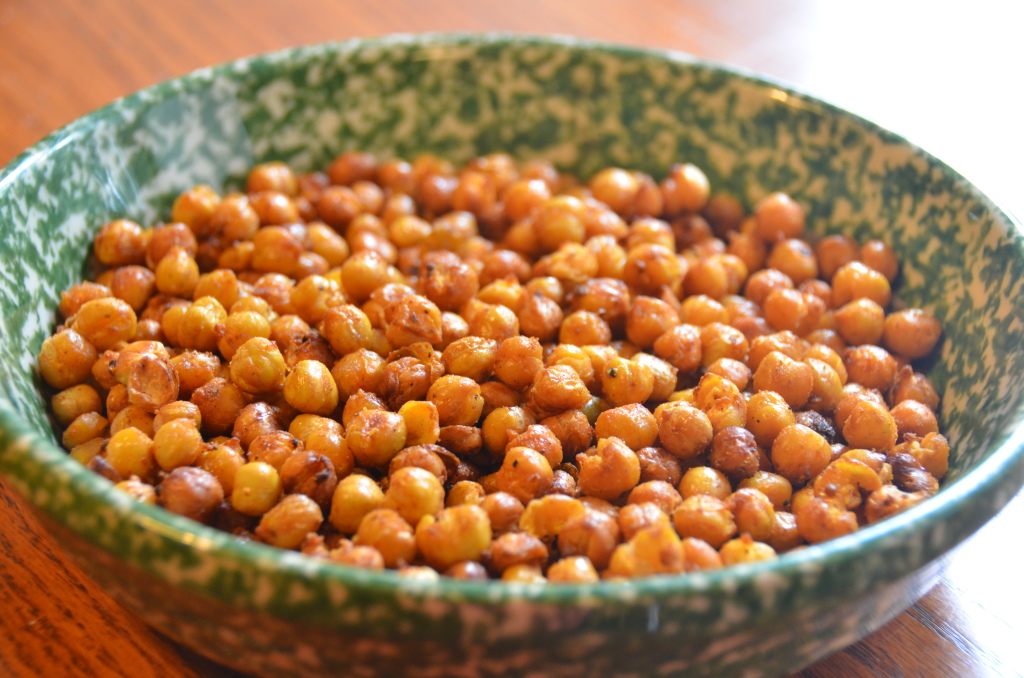

Desserts
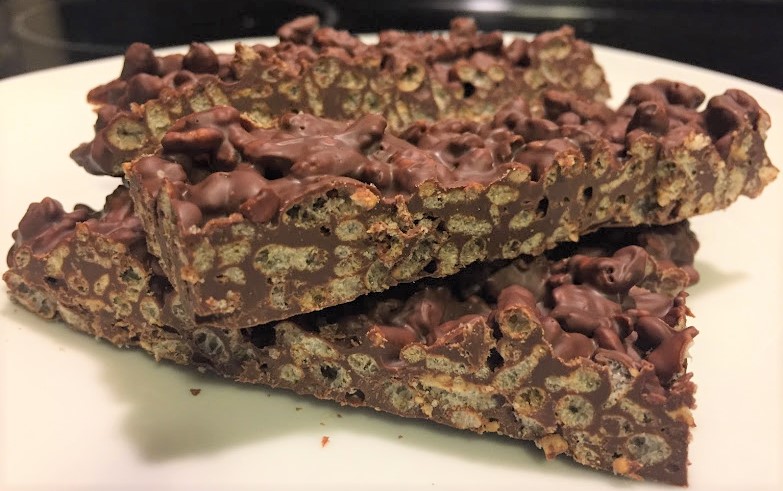
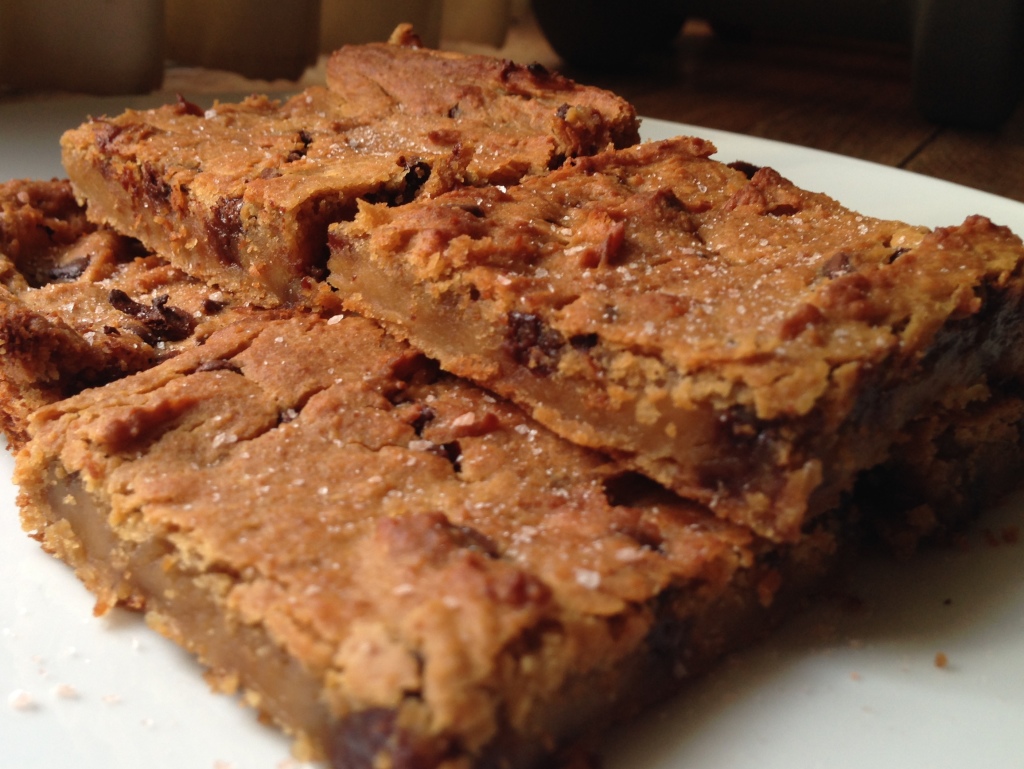
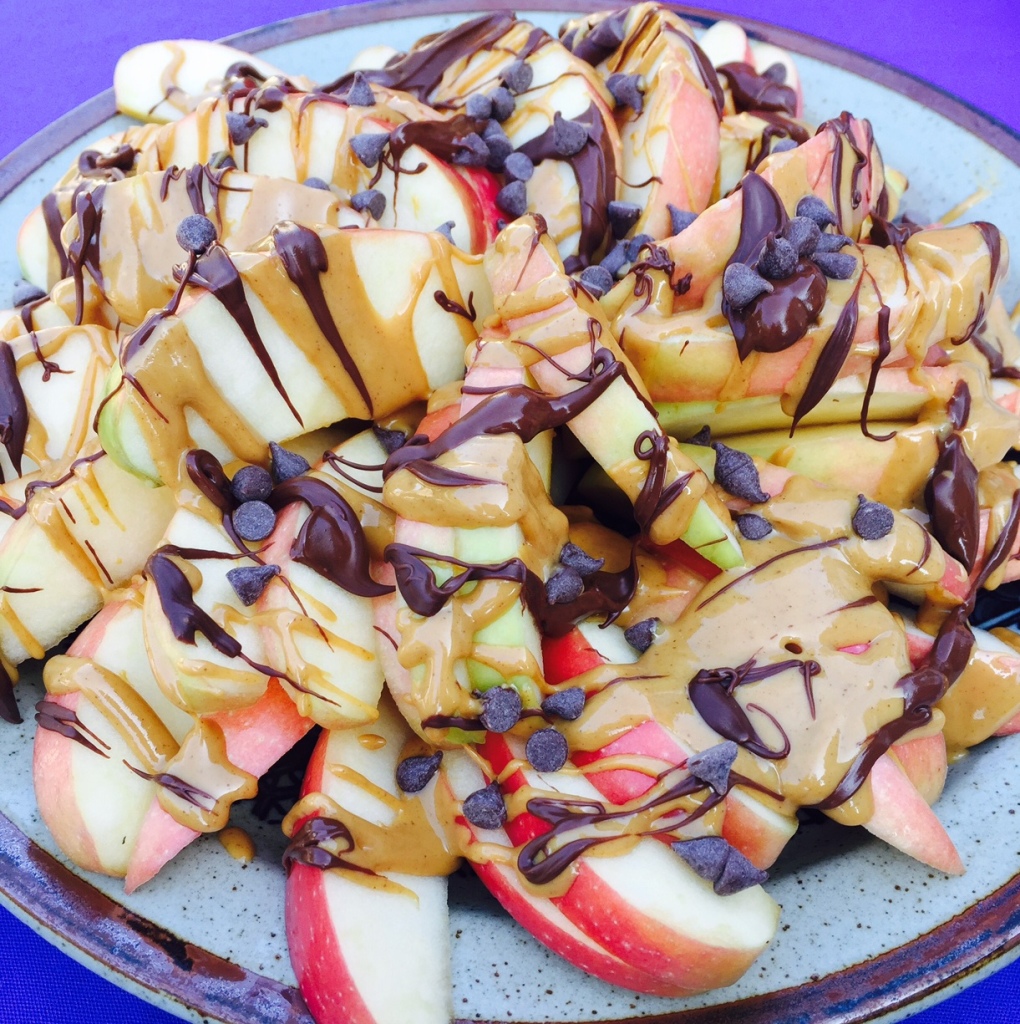
With the current COVID-19 situation, you may be struggling to figure out what to cook. Here are some recipes using common kitchen staples with notes about substitutions. Please take care and be safe, everyone!
Entrees







Sides and Snacks









Desserts



June 8 is World Ocean Day. Although it’s a day late, let’s talk about ways to reduce our use of plastic to help protect our oceans, but also to protect animals (land animals, sea animals, and humans)!
Here are some of the many issues with plastic:
Video by New Scientist
What can we do about it? We can start by reducing our use of single use plastics. For the next day or so, start taking note of the plastics around you. You will realize that they are everywhere, and there are many simple replacements that maybe you just haven’t considered before. The good news is that we’ll lay out a few easy swaps for your consideration!
Bar soap (vs. liquid soap or shower gel)
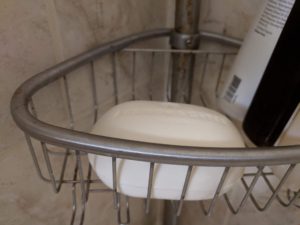
A study on personal hygiene products showed that people use about 6 times more liquid soap than bar soap by weight. On top of that, it takes about 5 times more energy to produce liquid soap. Additionally, liquid soap contains a lot of water, increasing the carbon footprint of shipping. Aim for bar soap that has minimal (if any) packaging. You can even find ratings of soaps at EWG, including ones that are EWB Verified, meeting their strictest health standards.
Cotton swabs with paper/cotton sticks (vs. cotton swabs with plastic sticks)
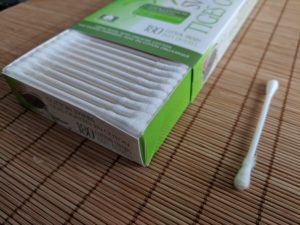
Leave the wax in your ears! If you need to use cotton swabs for other purposes (makeup, cleaning, arts and crafts), aim for ones that don’t have a plastic handle. Better yet, buy ones made of organic cotton – not so much for your health, but for the environmental benefits of organic agriculture or just find a reusable alternative!
Natural loofah (vs. plastic loofah)
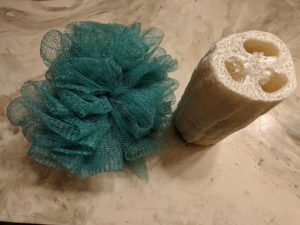
Traditional loofahs are made from plastic and must be thrown away, ideally after about 1 month. Natural loofahs are actually made from a vegetable! They can be composted at the end of their lifespan. You can even grow your own!
Refill soap containers (vs. buying new containers)
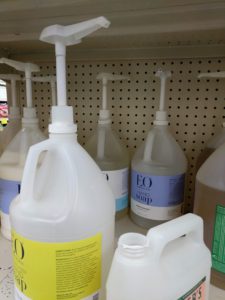
If you have a store that sells liquid soap in bulk, take advantage of it! Bring your own container, such as an empty soap refill container that you already used. This doesn’t completely eliminate plastic, but it does allow you to reuse it if you just can’t make the switch to bar soap.
Menstrual cup or organic cotton tampon (vs. tampons with plastic applicator)
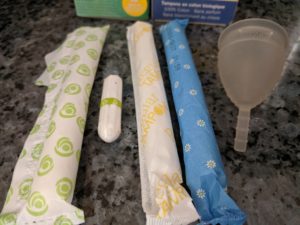
Menstrual cups are a tampon alternative that can be reused for years. You can even leave it in for up to 12 hours! They are usually made of silicone or latex rubber, so be sure to buy a 100% silicone one if you have a latex allergy. There are also other reusable options such as period underwear and reusable pads.
Menstrual cups may not work for all people or all situations. If you use tampons, aim for ones that don’t use a plastic applicator. Take it a step further and choose one that is made of 100% organic cotton. Tampons are regulated as medical devices, which may make them sound safer. However, this actually means that manufacturers are not required to disclose all ingredients. Tampons and pads are typically made of cotton, rayon, or polyester, and can contain other chemicals, including dioxins, pesticide residues, and “fragrance.” Better tampon options include ones made of 100% organic cotton, ideally without the plastic wrapper.
This post will be updated with other plastic swaps, such as simple swaps in the kitchen. What plastic swaps do you recommend?
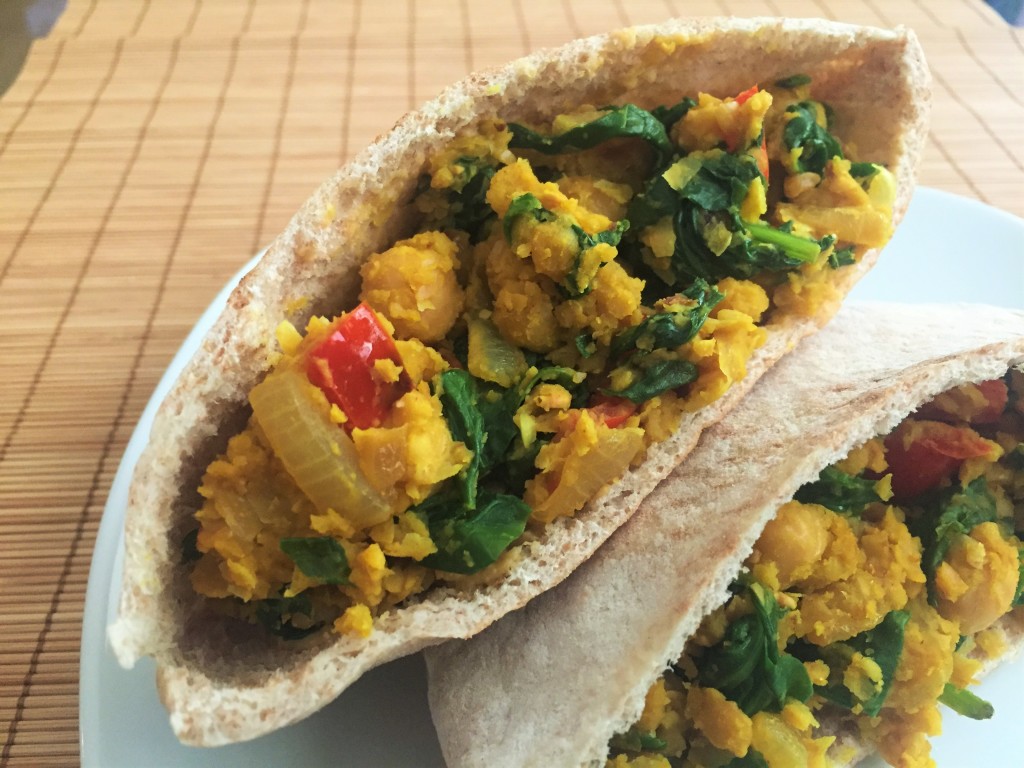
These hearty, tasty, savory pitas make a great breakfast that you can warm up while getting ready for the day. This recipe is entirely plant-based and is a flavorful alternative to an egg breakfast sandwich. Start your day with protein, whole grains, and vegetables, and be rewarded with steady energy throughout the morning. Adapted from Scrambled Chickpea and Spinach Pitas from The Kitchn.
| Serves | 6 |
| Prep time | 20 minutes |
| Cook time | 10 minutes |
| Total time | 30 minutes |
| Dietary | Vegan, Vegetarian |
| Meal type | Breakfast, Lunch, Main Dish |
| Misc | Freezable, Pre-preparable, Serve Hot |
| Website | The Kitchn |
| Step 1 | |
| Place half of the chickpeas into a food processor and pulse until mashed but not smoothly pureed. Alternatively, mash in a medium bowl with a fork. Set aside. | |
| Step 2 | |
| Heat oil in a large skillet over medium-high heat. Add onions and cook until lightly browned, stirring occasionally, about 4 minutes. Add garlic and cook until fragrant, about 30 seconds. Add bell peppers and cook until tender, about 4 minutes. | |
| Step 3 | |
| Add whole and mashed chickpeas, cumin, turmeric, and salt. Cook until chickpeas soften, stirring occasionally, about 4 minutes. Add spinach and cook until wilted, about 1-2 minutes. | |
| Step 4 | |
| If serving immediately, spread 1-2 tablespoons of hummus or salsa if using inside pitas, then fill each pita with chickpea filling. | |
| Step 5 | |
| If freezing, allow chickpea mixture to cool, then follow step 4. Wrap each pita in foil and place them in an airtight bag or container and freeze. To serve, heat in oven at 350°F for about 20 minutes if thawed or 30 minutes if frozen, or until warmed through. Alternatively, remove the foil and microwave until warmed throughout. | |
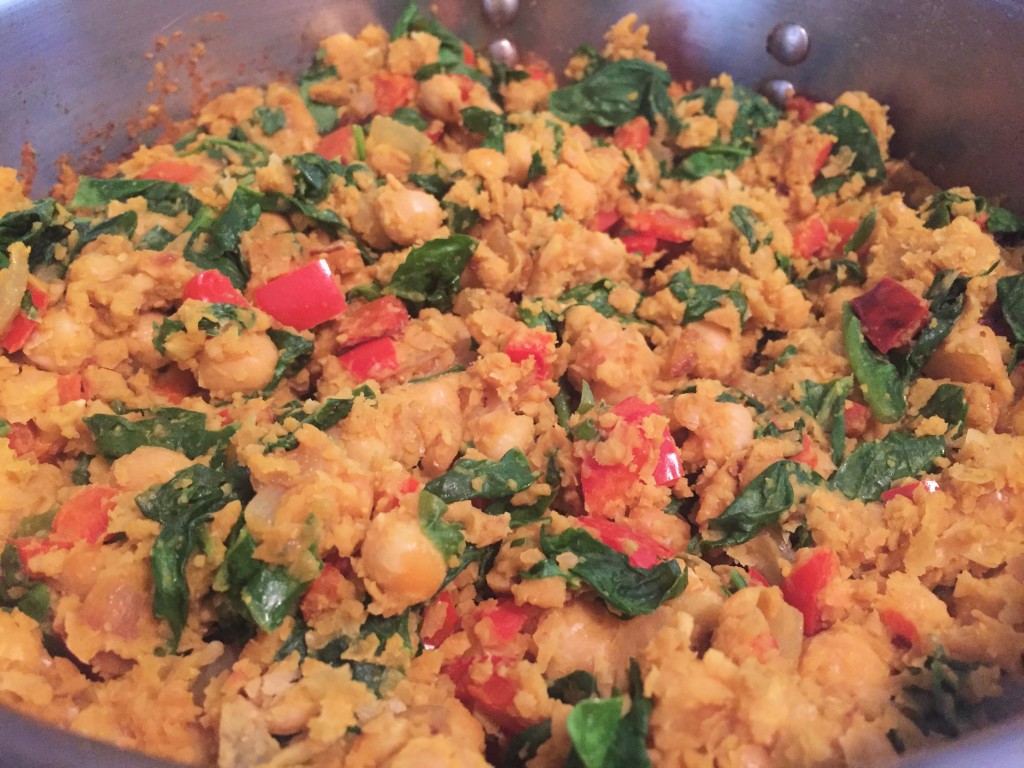
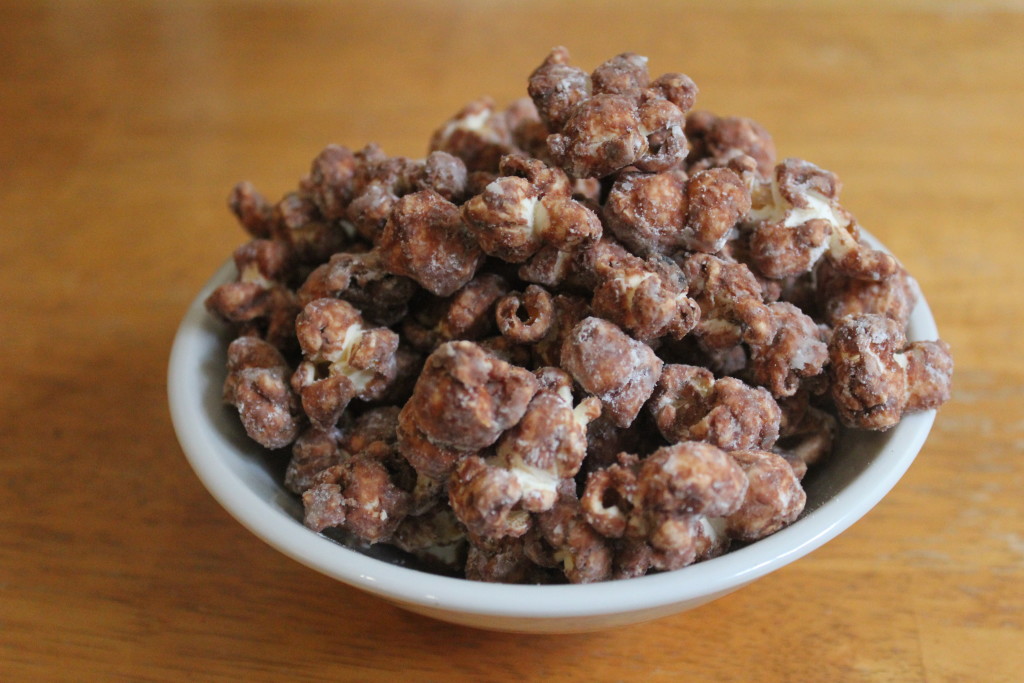 That’s not a typo – poppy chow is a lighter twist on an old favorite recipe called “puppy chow,” or sometimes “muddy buddies.” The cereal is replaced with popcorn, which is lighter in calories and carbohydrates by volume. A few other little tweaks have been made to this recipe to make ita little less unhealthy without sacrificing taste. This makes a great edible homemade holiday gift!
That’s not a typo – poppy chow is a lighter twist on an old favorite recipe called “puppy chow,” or sometimes “muddy buddies.” The cereal is replaced with popcorn, which is lighter in calories and carbohydrates by volume. A few other little tweaks have been made to this recipe to make ita little less unhealthy without sacrificing taste. This makes a great edible homemade holiday gift!
You can also try making this recipe with other substitutes for cereal – sliced almonds, whole almonds, coconut flakes, or pumpkin seeds! To make it vegan and dairy free, look for vegan chocolate chips.
| Serves | 8 |
| Meal type | Dessert, Snack |
| Step 1 | |
| Make the popcorn: In a large stock pot, melt 3 tablespoons oil over medium high heat, add 3-4 popcorn kernels, and cover. When the kernels pop, add the remaining kernels and cover. Remove from heat for 30 seconds, then return to heat. Once the popping starts, continuously shake the pot gently back and forth until 2-3 seconds pass between pops. Remove from heat. | |
| Step 2 | |
| Melt the chocolate chips, peanut butter, remaining coconut oil, and vanilla extract in the microwave or in a double boiler. Discard all unpopped kernels and toss with melted chocolate mixture in a large bowl. Toss until all popcorn is coated. Let cool until chocolate mixture is tacky but not hot, then toss with powdered sugar, 1/2 cup at a time, until popcorn is coated. Let cool, then store in an airtight container. | |
“Puppy Chow” Flavored Pumpkin Seeds

You can vote once a day with both Facebook and Twitter! Thanks for all your votes so far – I’m currently in 52nd place!
 Healthline |